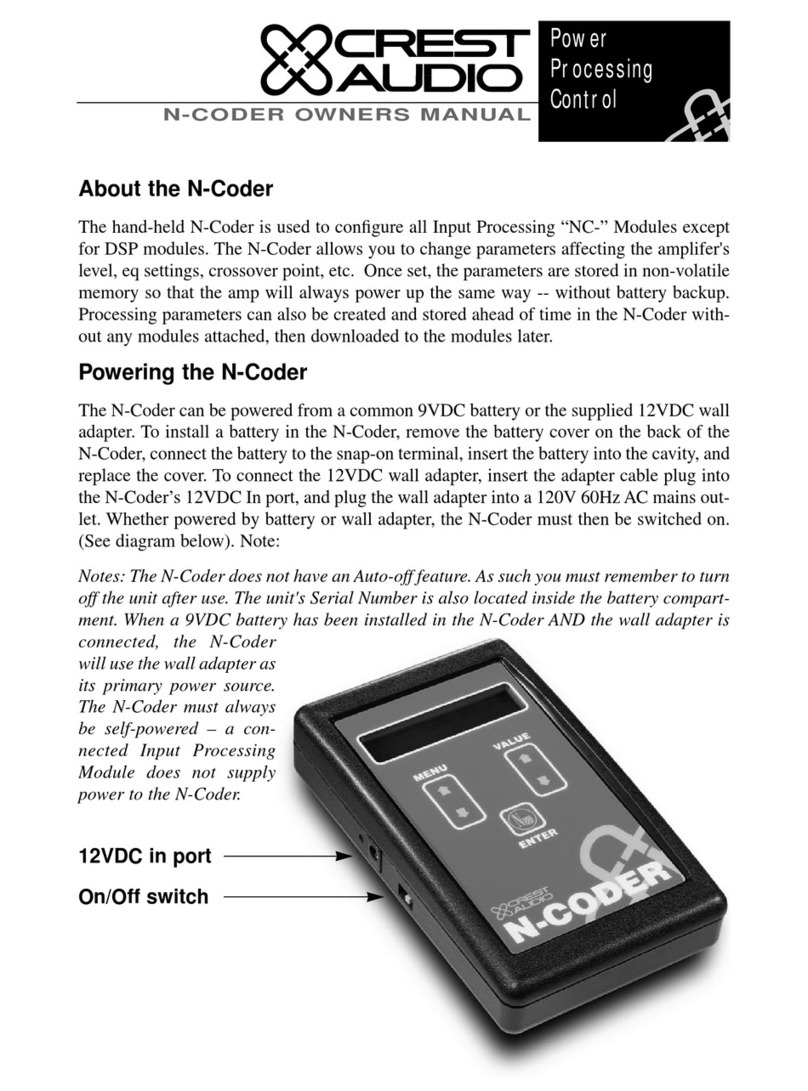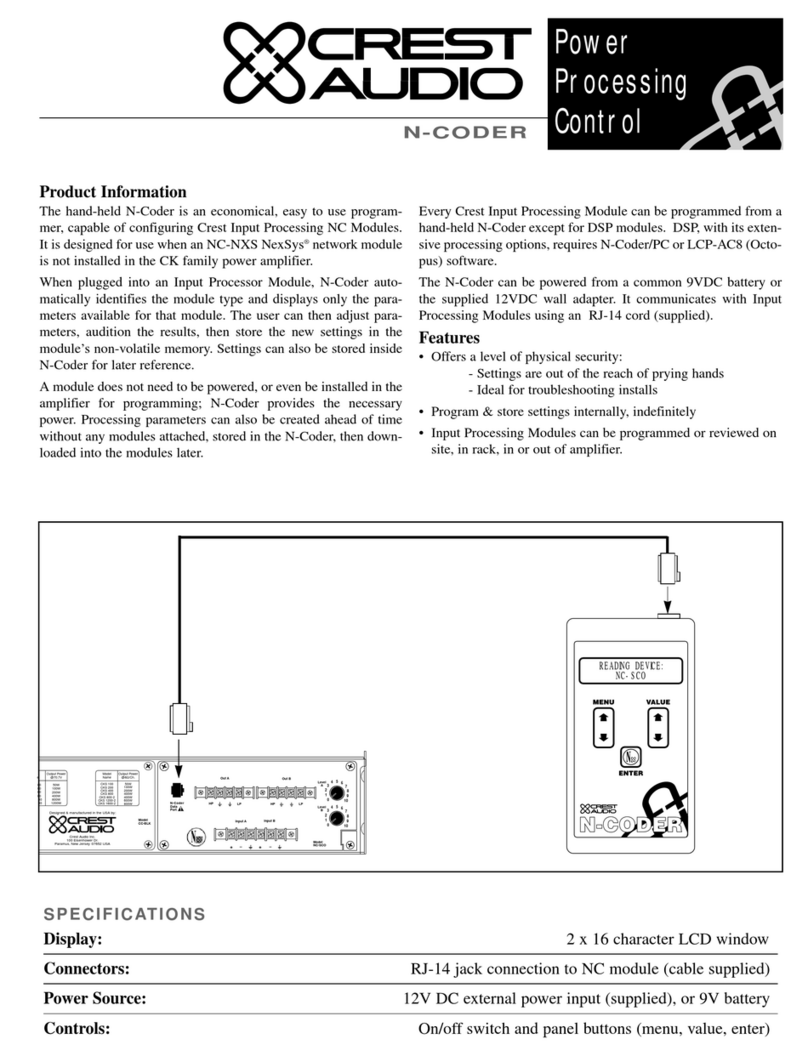
6
2 Configuration
MODBUS Exception Codes
Code Name Meaning
01 ILLEGAL FUNCTION
The function code received in the query is not an allowable action for the server
(or slave). This may be because the function code is only applicable to newer
devices, and was not implemented in the unit selected. It could also indicate that
the server (or slave) is in the wrong state to process a request of this type, for
example because it is unconfigured and is being asked to return register values.
02 ILLEGAL DATA ADDRESS
The data address received in the query is not an allowable address for the
server (or slave). More specifically, the combination of reference number and
transfer length is invalid. For a controller with 100 registers, the PDU addresses
the first register as 0, and the last one as 99. If a request is submittted with a
starting register address of 96 and a quantity of registers of 4, then this request
will successfully operate (address-wise at least) on registers 96, 97, 98, 99. If
a request is submitted with a starting register address of 96 and a quantity of
registers of 5, then this request will fail with Exception Code 0x02 “Illegal Data
Address” since it attempts to operate on registers 96, 97, 98, 99 and 100, and
there is no register with address 100.
03 ILLEGAL DATA VALUE
A value contained in the query data field is not an allowable value for server
(or slave). This indicates a fault in the structure of the remainder of a complex
request, such as that the implied length is incorrect. It specifically does NOT
mean that a data item submitted for storage in a register has a value outside the
expectation of the application program, since the MODBUS protocol is unaware of
the significance of any particular value of any particular register.
04 SLAVE DEVICE FAILURE An unrecoverable error occurred while the server (or slave) was attempting to
perform the requested action.
05 ACKNOWLEDGE
Specialized use in conjunction with programming commands. The server (or
slave) has accepted the request and is processing it, but a long duration of time
will be required to do so. This response is returned to prevent a timeout error from
occurring in the client (or master). The client (or master) can next issue a Poll
Program Complete message to determine if processing is completed.
06 SLAVE DEVICE BUSY Specialized use in conjunction with programming commands. The server (or
slave) is engaged in processing a long -- duration program command. The client
(or master) should re-transmit the message later when the server (or slave) is free.
08 MEMORY PARITY ERROR
Specialized use in conjuction with function codes 20 and 21 and reference type
6, to indicate that the extended file area failed to pass a consistency check. The
server (or slave) attempted to read record file, but detected a parity error in the
memory. The client (or master) can retry the request, but service may be required
on the server (or slave) device.
0A GATEWAY PATH UNAVAILABLE
Specialized use in conjunction with gateways, indicates that the gateway was
unable to allocate an internal communication path from the input port to the
output port for processing as the request. Usually means that the gateway is
misconfigured or overloaded.
0B GATEWAY TARGET DEVICE
FAILED TO RESPOND
Specialized use in conjunction with gateways, indicates that no response was
obtained from the target device. Usually means that the device is not present on
the network.
ModBus Exception Codes
ModBus Instructions





























